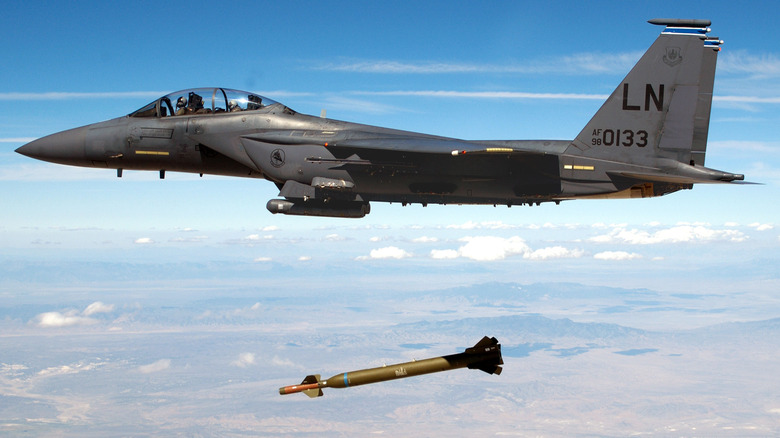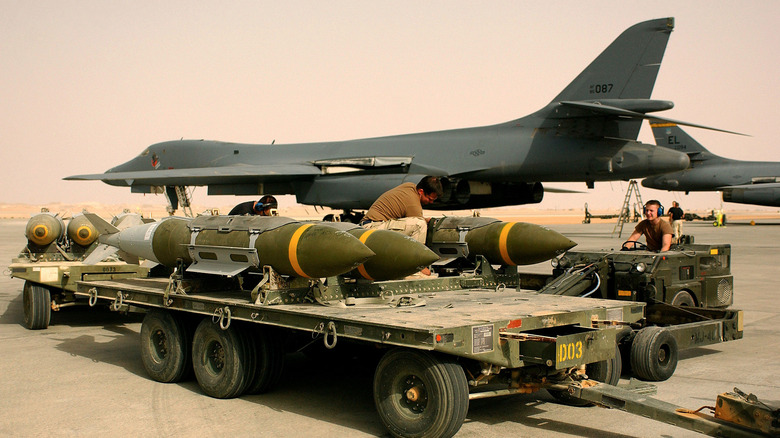The Science Behind Bunker Buster Bombs
During combat operations, it can be tough for attacking forces to destroy fortified locations or bunkers. Oftentimes bunkers are protected by several feet of earth and concrete, making them nearly impossible for attacking ground forces to gain access to, and extremely difficult for conventional aircraft ordinance to damage.
Although just making a bigger bomb to take out a bunker may work, it's not a very practical solution, as you start meeting the limit of what bomber aircraft are able to feasibly carry. That's where "bunker buster" munitions come in. As the name so aptly implies, bunker busters are special purpose bombs where its sole purpose is to punch through ground, concrete, or anything else to knock out a target.
The concept itself has been around since World War II when Royal Air Force aviators developed 22,000 pound "blockbuster" or "earthquake" bombs to punch through Nazi fortifications. On one occasion in 1944, the German Battleship Tirpitz, the sister ship to the Bismarck, was hit by such a bomb and sank.
What sets apart a bunker buster from a regular aircraft-dropped bomb? It's not as simple as adding "more bomb," and relies more on how the bomb is constructed. Instead of exploding on a target, a bunker buster needs to explode through the target.
Like a 2,000 pound bullet
Technology has advanced quite a lot in the nearly eight decades since the Tirpitz was sunk. Modern bunker busters work a lot like a full-metal jacket (or FMJ) bullet. The copper jacket covering the lead bullet allows the slug to more easily go through whatever it's fired at. Bunker busters use the same concept, but instead of a copper jacket, it's a hardened steel case. Unlike a bullet, the bomb also carries an explosive.
One of the United States' current bunker busters is the BLU-109, classed as a "penetrator." The BLU-109 is 2,000 pound class bomb that consists of a thick steel tube that's as hard as an artillery barrel, filled with explosives. When dropped, the hardened steel, like the copper jacket of an FMJ bullet, allows the payload to punch through dirt and concrete and explode once it's inside the bunker.
Another bunker buster, the GBU-28, is a 5,000 pound class bomb that was developed during Desert Storm. It also utilizes a steel penetrator that allows it to glide through upwards of 100 feet of dirt or 20 feet of concrete, more than enough to knock out a bunker.

